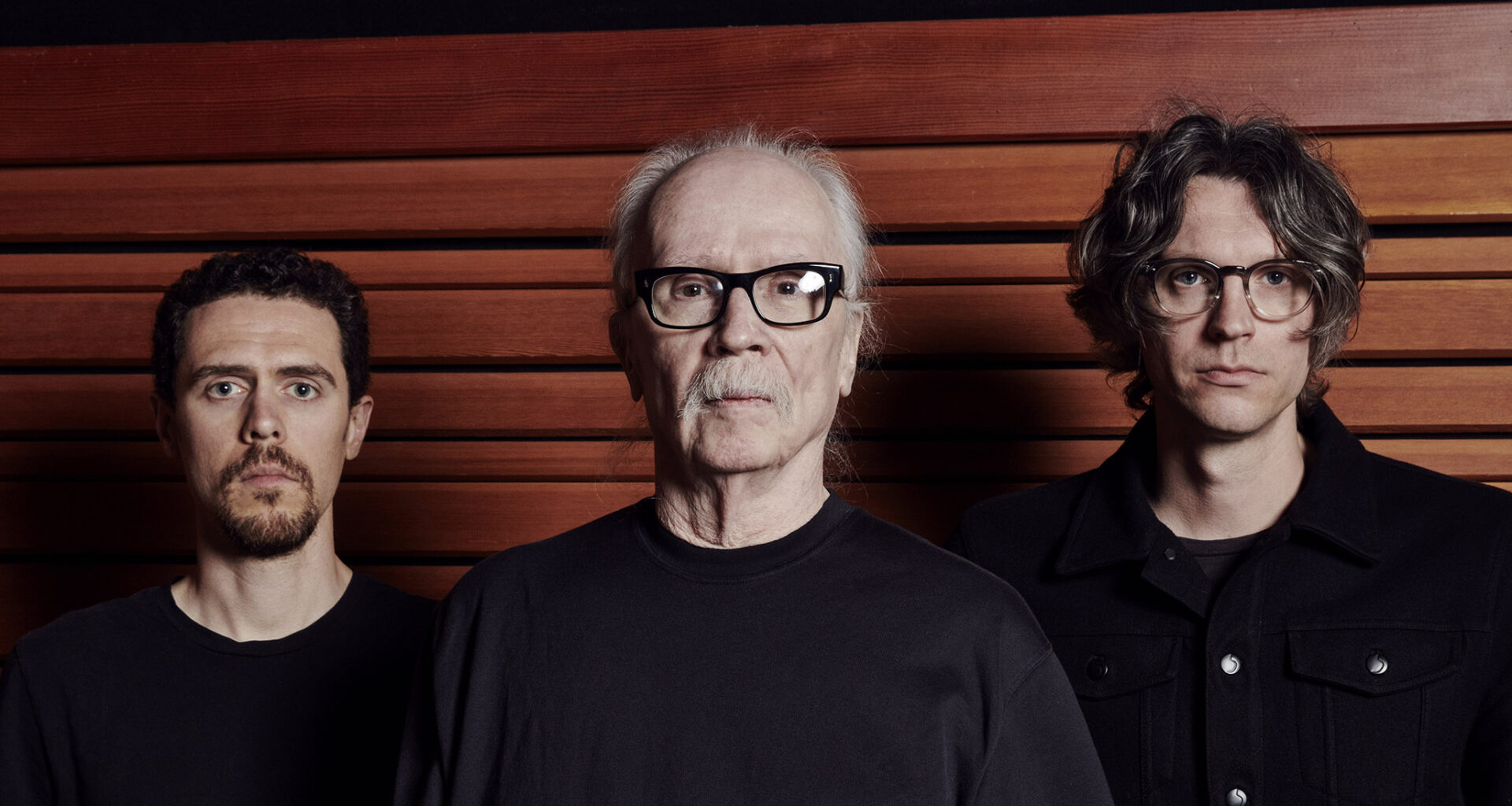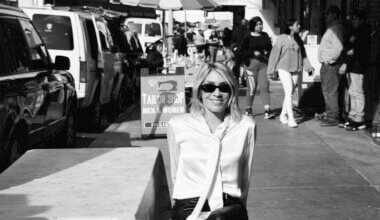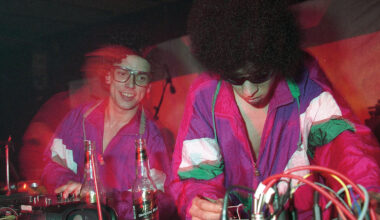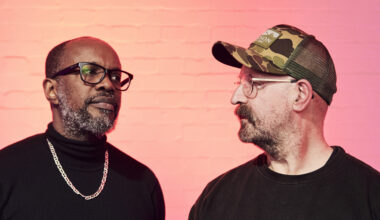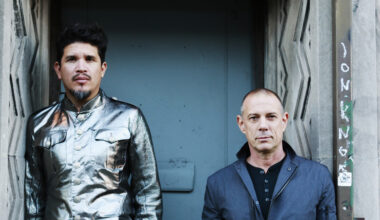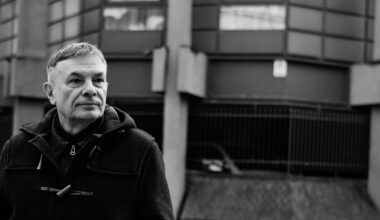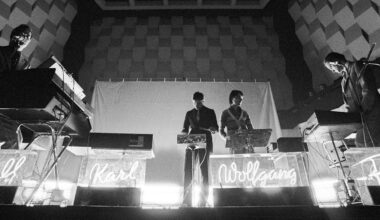With a new John Carpenter anthology featuring reworked versions of his most iconic and haunting themes, the celebrated horror director and composer reflects on his creepy “synth-noir” sound and a life well-lived
Want to read more?
Sign up to Electronic Sound Premium to gain access to every post, video, special offers, and more. 100%, all you can eat, no commitment, cancel any time.
Already a premium member? Log in here
